Institute for Research in Hunting Resources IREC (CSIC, UCLM, JCCM)
If you are the contact person for this centre and you wish to make any changes, please contact us.
Professor of Animal Health at the Institute for Research in Game Resources (IREC) and head of the Health and Biotechnology Research Group (SaBio) at the University of Castilla-La Mancha
Contracted Lecturer, member of the SaBio Group at the Institute for Game and Wildlife Research (IREC) (CSIC-UCLM-JCCM)

The sequencing of the DNA of the virus found in wild boars infected with African swine fever in Catalonia and its comparison with the DNA of 17 of the 19 samples being investigated at the Animal Health Research Centre (IRTA-CReSA) has revealed that they do not match, according to a press conference held this morning by representatives of the scientific team in charge of the study and the Catalan Regional Ministry of Agriculture, Livestock and Fisheries. They consider the leak from the laboratory to be ‘highly unlikely’, although further studies are still ongoing. The research, led by the IRB, suggests that it could belong to a new strain not described in the scientific literature.
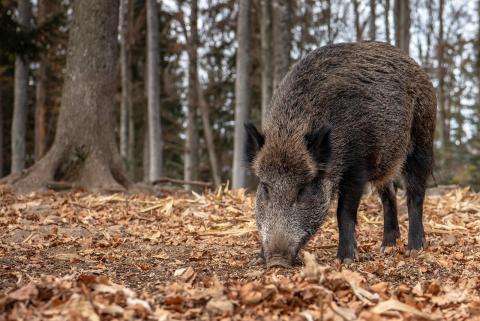
The veterinary services of the Catalan Regional Government have notified the Ministry of Agriculture, Fisheries, and Food of the detection of two wild boars positive for African swine fever virus in Bellaterra (Barcelona), where they were found dead on November 26. These cases represent the first detection of the disease in Spain since November 1994, according to the ministry in a press release. African swine fever is considered a Category A disease by the European Union, which means that member states must take measures to control and eradicate it as soon as possible. It is a non-zoonotic disease, meaning that humans are not susceptible to infection either through contact with animals or through the consumption of animal products.
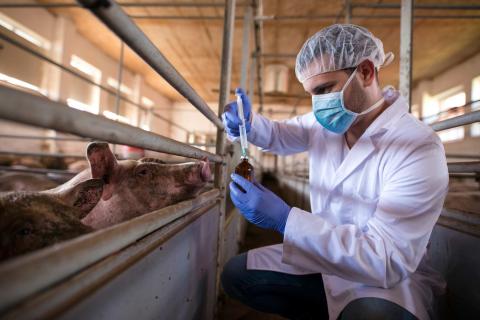
An international team has used the CRISPR gene-editing tool to modify a key gene for the replication of the classical swine fever virus in pigs. The experiment, conducted on four animals, showed complete protection against the disease. According to the researchers, this breakthrough could serve as an additional method for controlling this type of virus, which entails significant economic and animal welfare costs. The results are published in the journal Trends in Biotechnology.
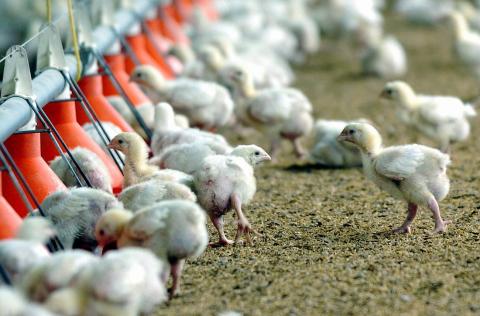
The North American strain of the H5N1 avian influenza virus has been shown to be capable of causing outbreaks in mammals such as cows, something not seen elsewhere in the world, including Europe. An international team has identified and tested two mutations in ferrets that may explain improved adaptation and greater virulence. According to the authors, who published the results in the journal Science Advances, the finding "highlights the urgent need for strengthened surveillance and targeted interventions.
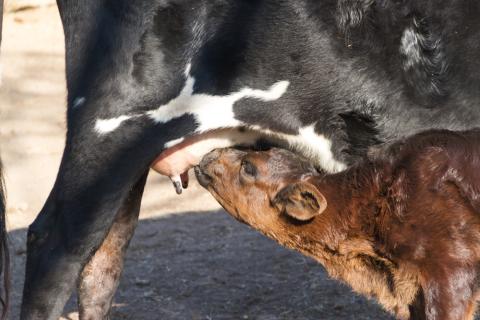
The H5N1 avian influenza virus can be transmitted between mammals, according to a study published in Nature. The research team isolated the virus from the milk of an infected cow in New Mexico (USA) and found that it spreads in mice and ferrets, reaching the mammary glands of both animals. In addition, the virus was also transmitted from infected lactating mice to their offspring. The European Centre for Disease Prevention and Control (ECDC) has issued a press release on Monday recommending increased surveillance for these viruses.
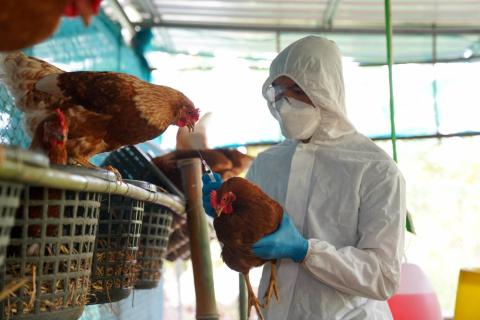
Although outbreaks of H5N1 avian influenza have reached record numbers in recent years, human infections remain anecdotal. A study published today in Nature identifies a protein responsible for inhibiting the replication of this virus in humans, while 'human' flus are able to evade it. The authors propose that this protein with antiviral activity evolved in primates and consider that resistance or sensitivity to it should be taken into account when assessing the zoonotic potential of avian influenza viruses.
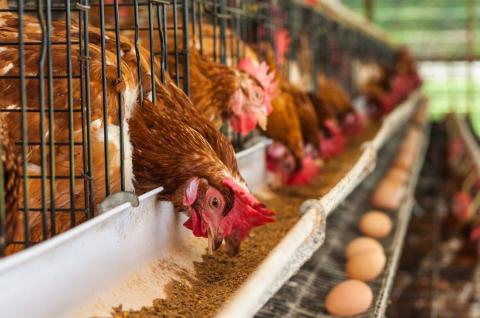
Analysis of the two asymptomatic cases of H5N1 avian influenza detected in Spain in autumn 2022 in workers at a poultry farm in Guadalajara has confirmed the theory that no actual infections occurred, but that both were in contact with genetic material of the virus found in the environment. Spain has recently modified its protocols, according to the analysis published in Eurosurveillance.
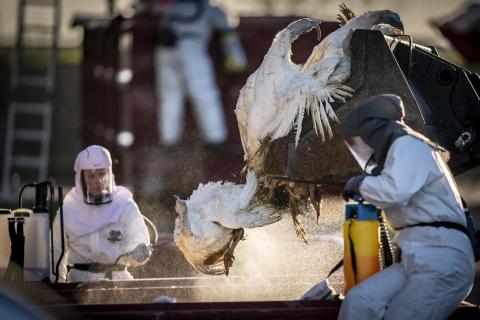
Outbreaks of highly pathogenic H5N1 avian influenza have been increasing since 2021, but in recent months have evolved into what is known as a 'global panzootic' affecting all types of wild birds and new continents, but also mammals such as mink and sea lions. At a briefing organised by SMC Germany, in collaboration with SMC UK and SMC Spain, three experts discussed the situation, the level of risk and possible next steps.
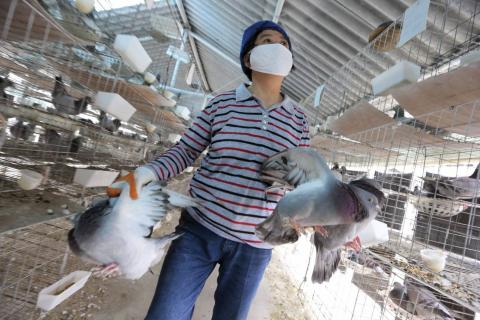
The H5N1 virus that is causing an unprecedented epidemic among wild and domestic birds has a very low capacity to infect humans. The three cases where infection has been found have been due to close contact with dust raised during the handling of affected poultry.